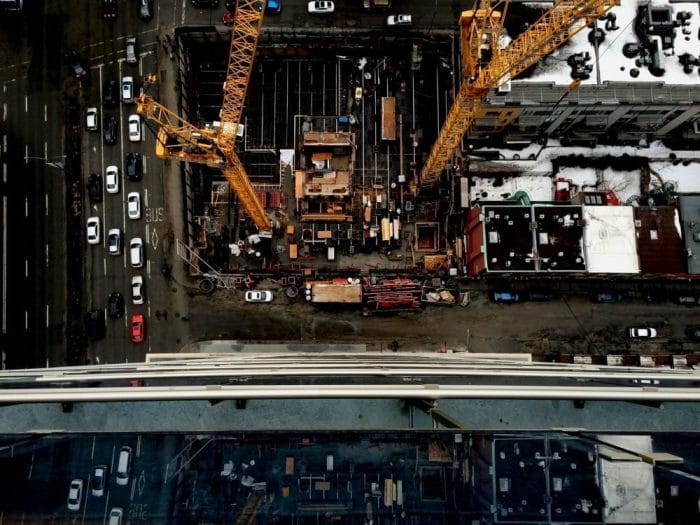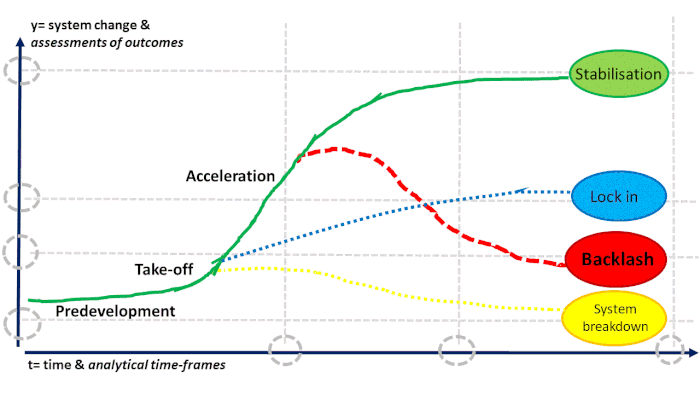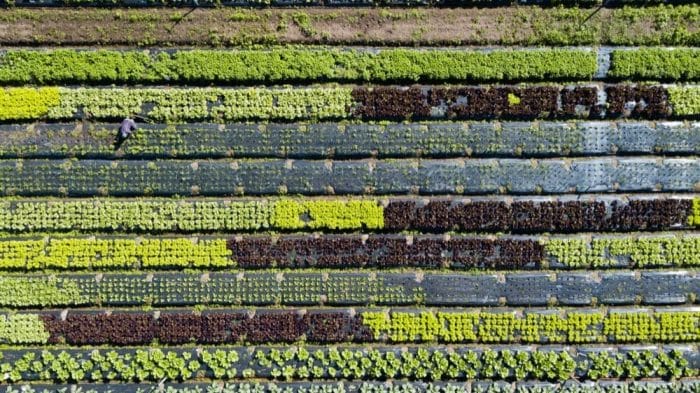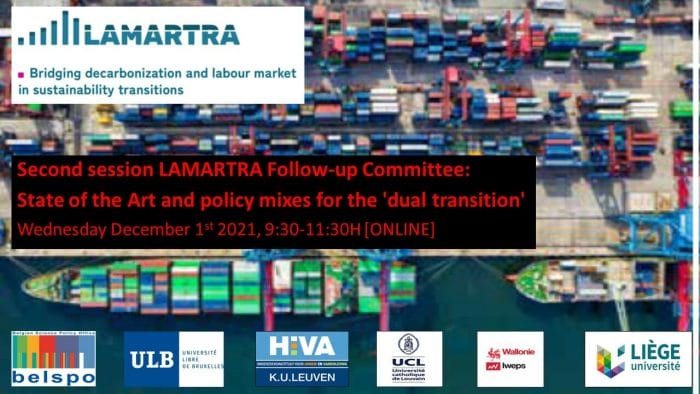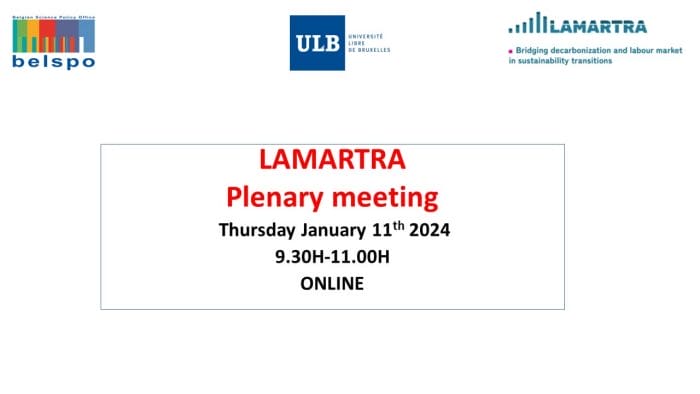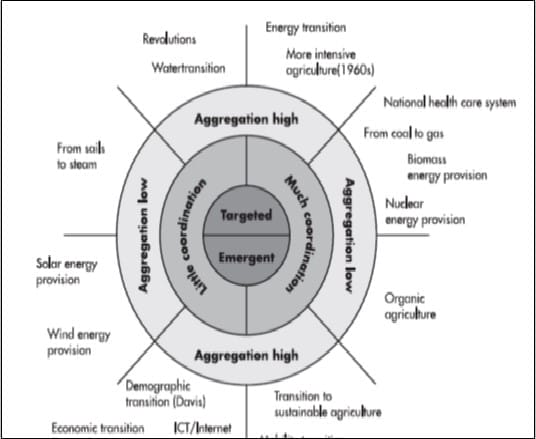Lamartra publications & resources
Here you can find all our scientific publications, blog articles and deliverables.
Scientific publications
Diversifying deep transitions
A deeper sense of urgency: a plea for responsible exnovation
Transition ‘backlash’
Lost in the Dual Transition
Blog articles
Deliverables
Deliverable 5.1.2 Methodological Protocol
As a part of the LAMARTRA project, WP5 explores how the ecological transition and
labor transformations develop within firms in the Belgian economy and, more
specifically, how workers are involved in these processes. Focusing on salient sectors
previously defined by LAMARTRA, WP5 consists of four in-deep case studies, one for
each salient sector, i.e., metal industry, construction, agriculture, and e-commerce.
Through this multi-case study, WP5’s scientific inquiry aims to identify internal
connections between workers’ participation and ecological transition within firms and
to account for the social conditions that make those connections possible. As explained
in this document, the central hypothesis of WP5 research is that workers’ participation
is a critical condition for ecological transition within organizations. The Methodological
Protocol describes the research design to provide the evidence required for this inquiry.
Deliverable D5.1.1: Internal research note on literature review
This document is an output of Work Package 5 ‘Engaging with transition politics at the
workplace’. It consists of an ‘Internal research note on literature review’ (D5.1.1), the
first deliverable for Task 5.1 ‘Setting the scene for ethnography of transition politics at
workplace’. It intends to explore the research hypothesis underlying the fieldwork of
WP5, which is that workers’ participation in decision-making at the firm level (i.e. some
version of firm-level democratization) is a necessary condition for the ecological
transition to take place. Two dimensions are particularly dependent on this condition:
the level of efficiency and intelligence of the transition (delivering the right
implementation conditions) and speed.
D3.4.1a Characterising workers in the four LAMARTRA focus sectors: Agriculture, construction, metallurgy and e-commerce
This study uses the Belgian Labour Force Survey to analyse the characteristics of the workforce and working conditions in four sectors in Belgium: agriculture, construction, metallurgy, and e‑commerce. These four sectors are likely to be impacted by the green transition in different ways. Indeed, we find that the four sectors differ from the rest of the economy in various ways.
For the sector of e‑commerce, however, most characteristics are not significantly different from the rest of the economy due to a low number of observations in this sector. For the sectors of agriculture, construction, and metallurgy we on the other hand, do find substantial differences as compared to the rest of the economy. The three sectors have a male-dominated, lower-educated workforce and have lower participation in formal and non-formal learning activities compared to the rest of the workforce. Workers in these sectors tend to be full time, with temporary workers having shorter contracts, and work more hours per week than workers in the rest of the economy. The agriculture sector has a relatively older and native dominated workforce with a high share of self-employed workers and longer tenure. We find that the construction sector has a relatively younger and more diverse workforce with blue-collar employees and shorter tenure. The metallurgy sector combines elements of both agriculture and construction with a large share of blue-collar workers and shift work but with higher wages compared to the rest of the economy. When considering the changes brought about by the green transition, all sectors must take into consideration the relatively lower-educated workforce and workers’ participation in formal learning and adapt to the changes in skills required.
D.4.2.1 Exploratory interview methodological protocol
This deliverable kickstarts the qualitative fieldwork of WP4 “Anticipating low-carbon/labour pathways in salient selected sectors”. This involves the empirical exploration of possible and desirable futures in the salient economic sectors selected for LAMARTRA case studies. This deliverable reports on the method used to identify key stakeholders, the methodological choice to design the exploratory semi-structured interview guide, the use of personal data, the formal invitation to an interview, and the translated versions of the protocol and the invitation into FR, NL, and EN.
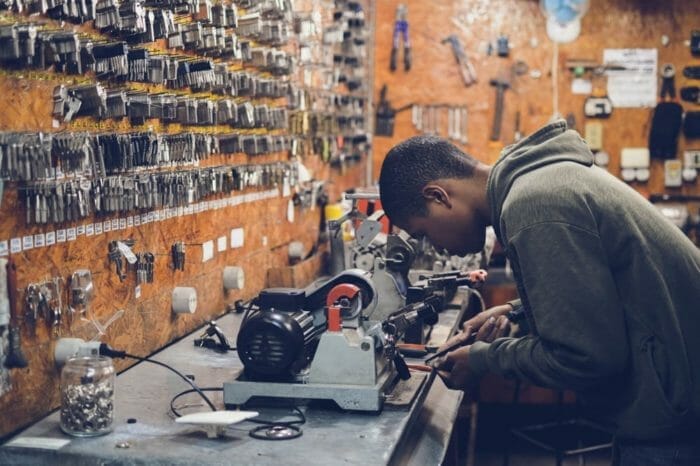
D3.2 Data request to StatBel
In early May 2022 an application for access to detailed Labour Force Survey data for Belgium was sent to the BelStat. Data access was granted 18 May 2022. A copy of the application follows after this section. Additional data request may follow once we have an overview of what can be achieved with the Belgian LFS (see Annual network report for details).
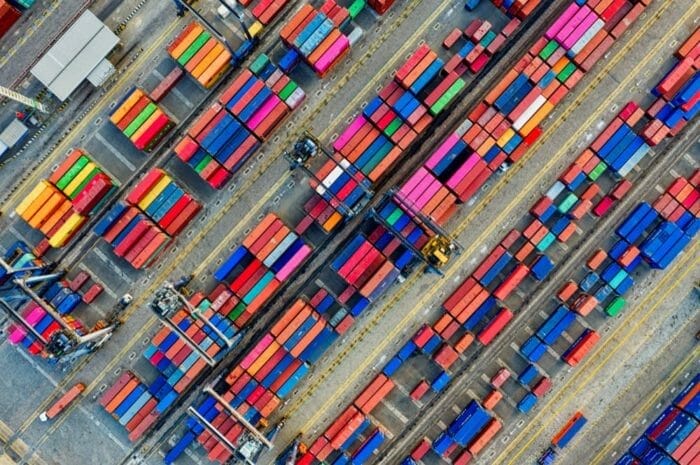
D3.1.1 Quantitative data analysis and modelling
The purpose of this note is to have a basis for framing discussions within the research consortium on the quantitative analysis in WP3 of the LAMARTRA project. The note describes a number of data sets we suggest using in WP3 (initially, and potentially beyond WP3), where the data come from and how the data sets are connected. One data set does not necessarily map to only one academic study, and it is possible that a data set will not yield an academic study (e.g., if the data cannot support a study for one or more reasons).


